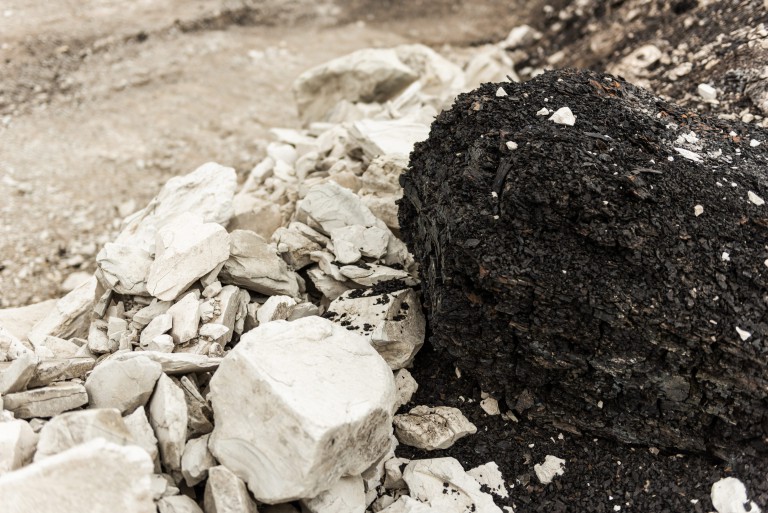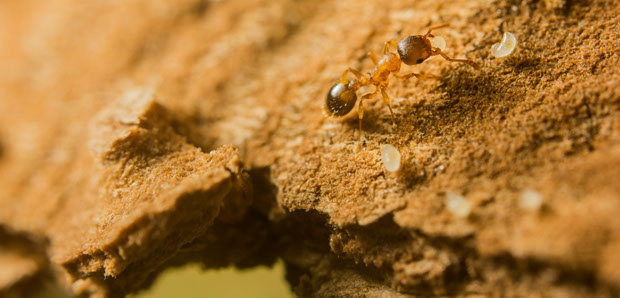Fire ants can be a nuisance to have around, not to mention dangerous to sensitive individuals and small animals if attacked.
Fire ants can be identified by their copper brown head and body and dark abdomen. They will often nest near moist areas including river banks, pond shores, lawns and along the side of highways. Most often their nests will be built under objects such as timber, logs, rocks, and bricks. However, if there is no cover for nesting, the ants will construct a dome shaped mound that can reach up to 16 inches (41 centimeters) high and 5 feet (1 meter) deep!
Fire ants feed on young plants, seeds and occasionally crickets. As well, they will often attack small animals and children. Most types of ants will bite and spray acid on the wound they have created however fire ants bite in order to inject toxic venom called solenopsin. This venom causes a burning sensation (hence the name fire ants) and can be deadly to sensitive individuals.
Common reactions to fire ant stings include pain, swelling, redness and itching. If you are allergic to bees or wasps it is likely that you may also experience an allergic reaction to fire ant bites. Allergic reactions may include vomiting, dizziness, disorientation and/or wheezing.
any people use diatomaceous earth as a natural alternative to exterminate fire ants. The product can be sprinkled (or mixed with water and sprayed – for suggested application rates and methods see: APL’s Food Grade Diatomaceous Earth Now Approved in Canada As Natural Insecticide) on and around mounds, along the ants’ trails, on plants and in any other area where the ants are present.
Fire ants must come in direct contact with the product in order for it to be effective therefore it is important that all affected areas are treated with a light layer of dust.
Please Note: In the case of strong winds or rain, the powder must be replaced, as it is easily blown and washed away.
Image by Lennart Tange


